Stewart Ranch Services
Bowie, Texas
Tulsa Road Building in Tulsa OK
DESIGN YOUR DREAM
PROPERTY
LAND
ACREAGE
DEVELOPMENT SITE
POND
Tulsa Road Building: The Process and Equipment Necessary for Construction in Oklahoma
Over the ages, road construction has undergone significant evolution, progressing from primitive mud and brick surfaces to the utilization of sophisticated machinery. This journey has been instrumental in connecting communities throughout time. In this exploration, we delve into the techniques employed in Tulsa road building today, examining the essential equipment components crucial for the success of projects in locations such as Tulsa, Oklahoma. Materials like stone or mud bricks play a pivotal role, emphasizing the importance of sustainability aspects integrated into these ventures.
Key Takeaways
Table of Contents
The Evolution of Tulsa Road Building
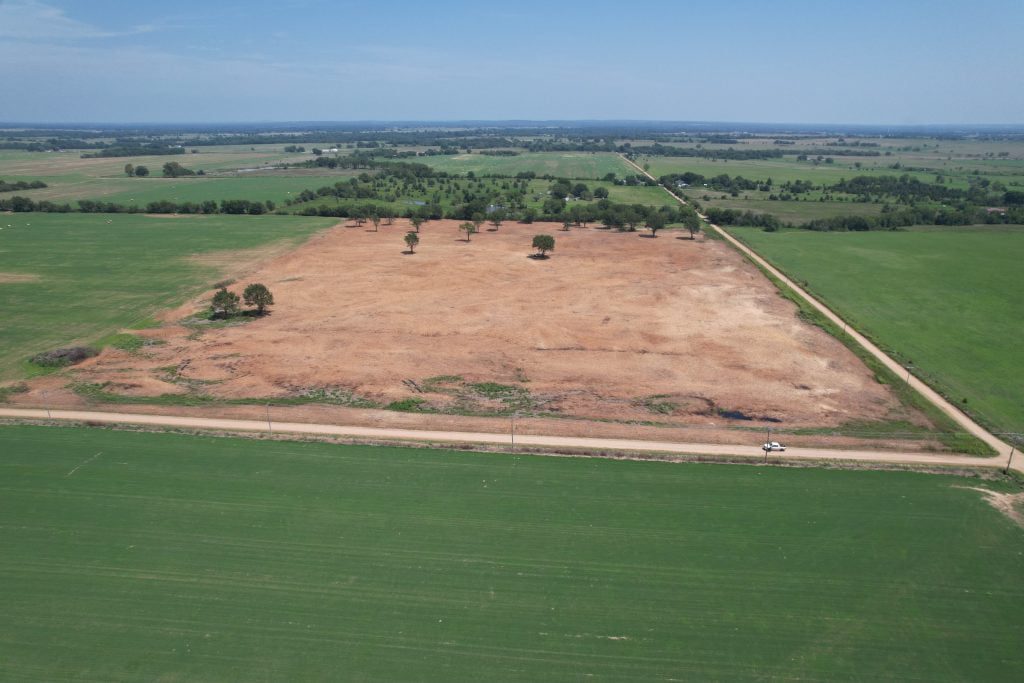
The development of road construction has been an essential part of human history, impacting the way society evolved and advanced. From rudimentary building materials to cutting-edge technology used today, there have been notable improvements in how roads are built.
Urban streets along with farm roads became important for commerce so new strategies as well as resources were implemented in order to meet demand for convenience. Now we’ll look into the progress from ancient marketplace avenues up until modern-day road building in Tulsa, Oklahoma.
Ancient Roads
Essential for regional communication since ancient times, roads have consistently evolved.
In Mesopotamia, early roads showcased innovation, using mud bricks with bitumen and raised centers for improved drainage and a smoother journey. The landscape of road construction underwent substantial changes during World War II, prioritizing efficient interconnection between urban areas, ranches, and farms through swift transport systems.
This era initiated a transformative phase for rural roads across the nation, emphasizing not only construction but also the maintenance of highways and related features like farm roads and ranch paths. The consideration of proper drainage system designs played a pivotal role in this evolutionary process.
Modern Road Construction
The evolution of road building in Tulsa, OK stands out as a significant improvement, driven by the integration of advanced components and machinery. Modern construction techniques involve a diverse range of materials, from soil stabilizers and asphalt to concrete and dry lean concrete. This shift not only leads to cost-effective road maintenance but also enhances the overall durability of the roads.
Asphalt, a crucial component, is composed of 95% aggregate and 5% binder. Similarly, concrete, frequently employed by the Oklahoma Department of Transportation for highways and major asphalt roads, is a blend of water, sand, cement, and aggregates. The choice between these materials depends on various factors, including the intended purpose of the roadway, traffic volume, and geographical conditions.
Recent developments have ushered in a new era of swift progress in road construction, utilizing advanced machinery like excavators, compact track loaders, and dump trucks. These technological advancements contribute to heightened precision and efficiency in the construction process.
In addition to excavators and dump trucks, wheel loaders, working in tandem with dump trucks, are commonly used. Furthermore, advanced paving equipment plays a crucial role in constructing farm/ranch roads and urban pathways. It’s noteworthy that, while Oklahoma has specific requirements with a focus on cost considerations, various regional elements are taken into account.
Tulsa Road Building - Essential Steps
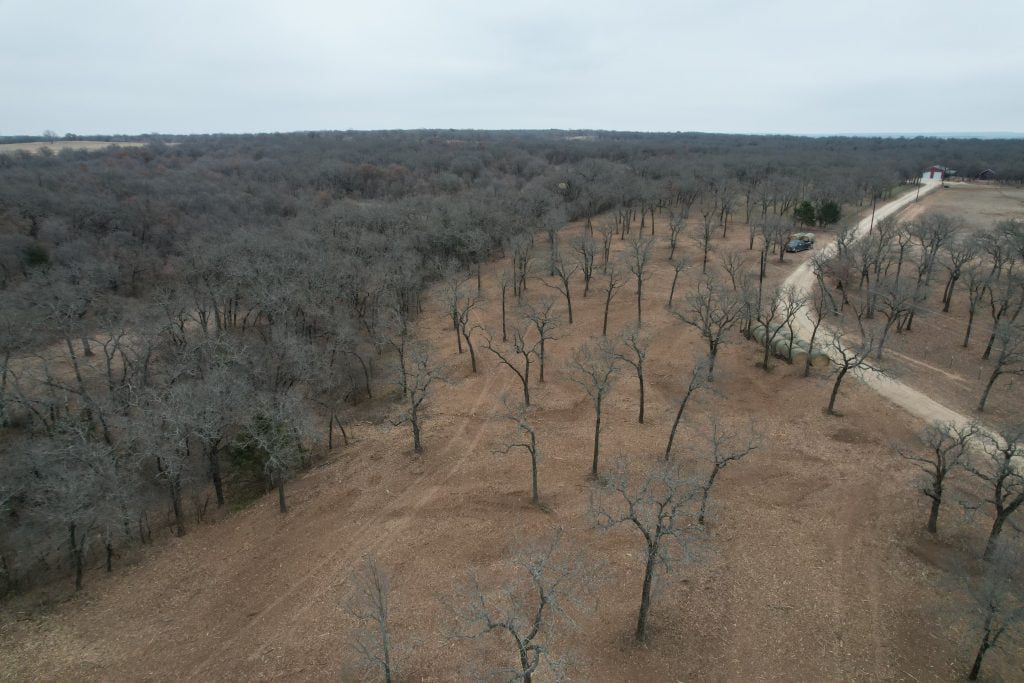
The intricacies of road construction demand attention to various essential phases to ensure a successful outcome. From the initial design stages to execution, involving land clearing, earthworks, paving, and quality control, each step is vital for the security and stability of the constructed roads.
Diving into the details, meticulous planning precedes any project, including thorough land-clearing activities such as trench digging, tree removal, and soil grading. Planning also encompasses a detailed cost analysis, scheduling considerations, and logistics management, ensuring the availability of necessary equipment, skilled labor, and dependable subcontractors. Further steps involve the application of robust asphalt coverings, guaranteeing durability with vigilant oversight from stringent quality assurance measures.
In Tulsa, Oklahoma, and nearby areas, Stewart Ranch Services offers a complimentary quote, marking the initial step toward the successful realization of your construction project.
Planning and Design
The initiation of road building in Tulsa, Oklahoma requires a strategic planning phase, a crucial step in ensuring project success. During this phase, key elements such as existing and anticipated traffic patterns, comprehensive cost-analysis data, design sketches, and financial prerequisites are meticulously examined. Significantly, the involvement of civil engineers and city planners is vital to kickstart a detailed planning process before entrusting the project to the responsible construction company.
In the realm of road engineering projects, several specific factors necessitate consideration, including the establishment of speed limits based on the anticipated types of vehicles using the roads. Moreover, the process encompasses angle grading, thorough assessments of potential view obstructions, and the determination of necessary braking distances. These considerations collectively aim to uphold safety standards tailored to the local community’s needs, ensuring a smooth driving experience while prioritizing drivers’ comfort.
Land Clearing and Site Preparation
Road building in Tulsa, Oklahoma demands meticulous land clearing and site preparation processes. This critical phase involves the removal of vegetation, trees, and various materials from the land before actual construction can take place. Grading and excavation are integral components, creating a level ground surface essential for proper drainage and preventing issues like potholes in the finished roads on farms or ranches.
The importance of land clearing extends to various construction projects, encompassing both buildings and roads. Land clearing tasks involve adding or removing rock, dirt, trees, soil, trenching, ground excavation, embankment construction, and filling placement.
Utilizing advanced equipment such as farm machinery, mini-excavators, and compact track loaders accelerates the land-clearing process while ensuring precision in height measurements during grading stages. This precision is crucial for shaping road locations efficiently.
Furthermore, the installation of culverts is imperative to address potential flooding, safeguarding against disruptions to productivity. These measures contribute to establishing high-quality access routes and connecting markets to local farmers’ lands seamlessly.
The use of advanced tools forms the foundation of an effective system for laying the groundwork in rural areas, ensuring safe car travel without encountering bumps caused by rainwater pools or insufficient underlying structures.
The application of paint on pavement and road markings
The fundamental aspect of rendering a highway both safe and effective lies in the meticulous application of pavement markings, and defining directions and lanes.
Tips for pavement and road marking:
Road marking regulations:
Complying with the unique road marking regulations of each country is paramount for those engaging in extensive road marking projects. The ability to paint diverse lines and symbols in accordance with these standards is crucial for success. Employing a multi-gun, multi-color setup, especially a striper with automatic gun control, simplifies the creation of broken lines with exceptional accuracy.
Curb Marking:
Addressing curb marking challenges is a common issue in pavement marking endeavors. The 90° angle of curbs necessitates a specialized gun configuration for effective spraying, overcoming this frequent obstacle in such projects.
Reflective road marking:
Reflective road marking introduces an additional layer of complexity, requiring a special material containing glass microspheres. To apply these microspheres, a line marker equipped with a pressurized bead reservoir, such as the Graco Linelazer HP reflective series, is essential. This advanced system boasts an adjustable nozzle, providing precise control over the width of the microsphere dispersion for heightened accuracy.
Tulsa Road Building - Farm to Market and Ranch Roads
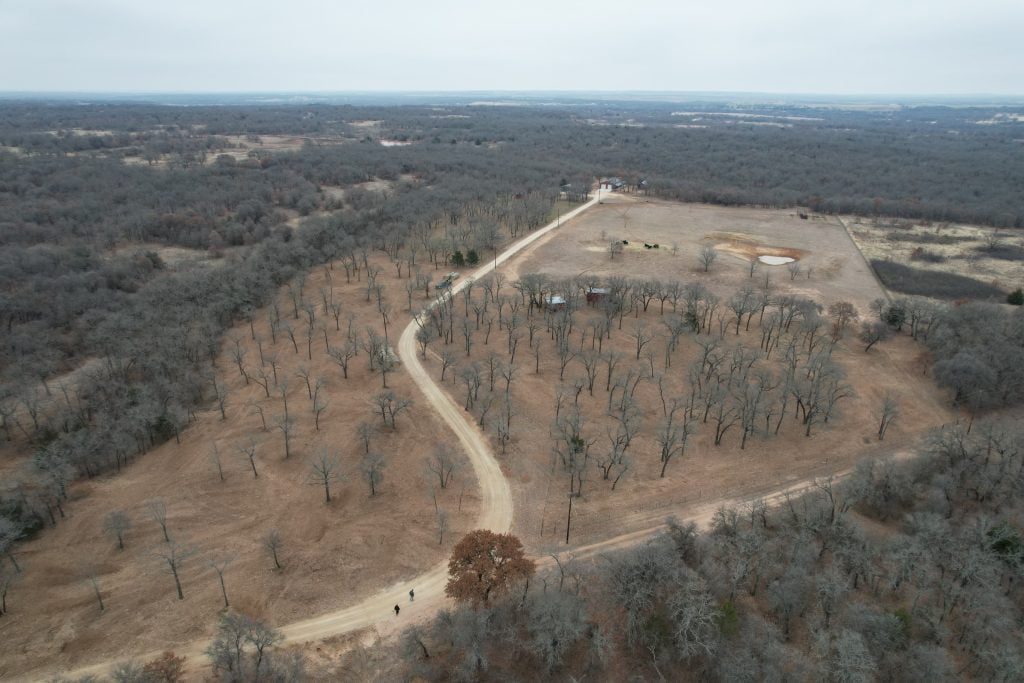
Farm roads are unique in their purpose, connecting rural areas to urban centers while permitting the transportation of people and goods through these pathways. Creating such a road is no easy feat. There must be measures taken to guarantee its safety as well as durability during construction.
The process begins with assessing the terrain for suitable route design, securing permits from appropriate authorities followed by land clearing and soil preparation before building can begin.
During this stage grading takes place along with paving using asphalt or concrete depending on project needs plus fitting drainage systems complete switchbacks and walls where required for hilly locations too. Every step is vital towards creating safe functional routes that meet local demands when it comes to agricultural purposes including ranches etc.
Finally, ongoing maintenance inspection ensures good condition preservation alongside signage and installation (like gutter curbs) whose main job is water control designed to help prevent flooding, especially at times of heavy traffic.
Tulsa Road Building - Sustainable Practices
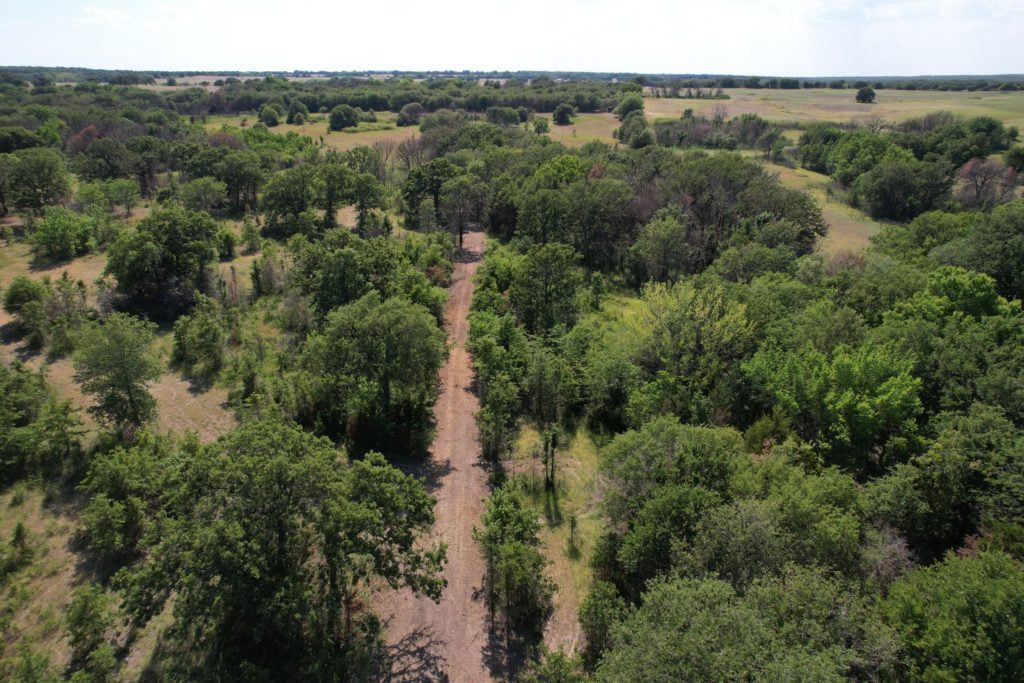
Navigating the landscape of road building in Tulsa, Oklahoma involves addressing environmental concerns, prompting a shift towards sustainable practices to mitigate adverse effects. Choosing materials with a diminished environmental impact that can decompose in an eco-friendly manner is pivotal in this endeavor.
Opting for recycled asphalt and concrete, rather than new materials, and creating durable products for extended longevity are strategic measures. Beyond reducing material usage, these steps also lead to substantial cuts in long-term maintenance expenses. The incorporation of these sustainable practices into current road construction methodologies sets the stage for the development of more environmentally friendly options in the future.
Case Study: Successful Road Construction Project in Oklahoma
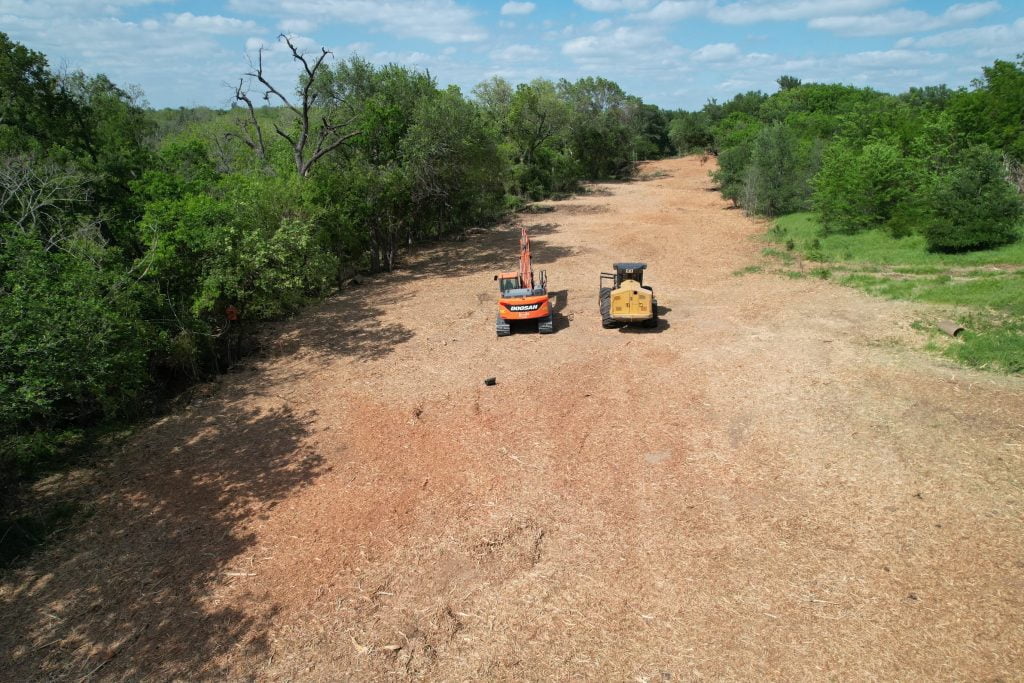
El Paso’s I-10 reconstruction and expansion endeavor stands as a testament to the effective management of road construction complexities, akin to projects in Tulsa and San Antonio.
The success of this project hinged on meticulous preparation for budgeting and adherence to strict timelines. A key contributor was the involvement of experienced personnel dedicated to continuous training and unwavering adherence to safety protocols. Equally crucial was the utilization of cutting-edge machinery, ensuring precision and expediting the overall project timeline.
This case study emphasizes the value of incorporating advanced techniques in roadwork, highlighting positive outcomes resulting from intentional planning, skilled labor, and the application of state-of-the-art equipment within the unique context of highway construction in Oklahoma.
Summary
The evolution of road construction, from mud bricks and stone in ancient times to today’s advanced materials and machinery, is a testament to human progress. The key to a successful project lies in meticulous planning and thorough site preparation.
In Tulsa, road building has assumed heightened importance in our interconnected world. Ensuring the construction of safe and resilient roads that endure for generations requires prioritizing best practices at every stage, including the careful sourcing of materials like mud or any other necessary supplies.
Frequently Asked Questions
What is the meaning of road building?
In the construction of roads, materials like asphalt and concrete are frequently utilized. These materials come from mining sites that transport gravel to different plants for production, playing a significant role in Tulsa road-building.
How do you build a road?
Clearing the land, grading, and subgrade work are fundamental steps in successful Tulsa road-building.
- Subgrade: Removing existing grass and topsoil during subgrade work ensures a strong foundation.
- Material types: The use of materials such as road base, crushed concrete, screened gravel, and asphalt millings enhances the durability of the road.
Entrust your Tulsa Road Building project to Stewart Ranch Services for a hassle-free experience. We handle everything from land preparation to the final surface course, ensuring a robust and enduring road infrastructure.
